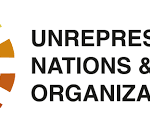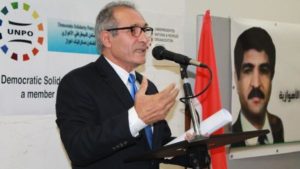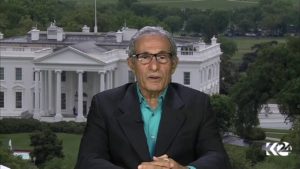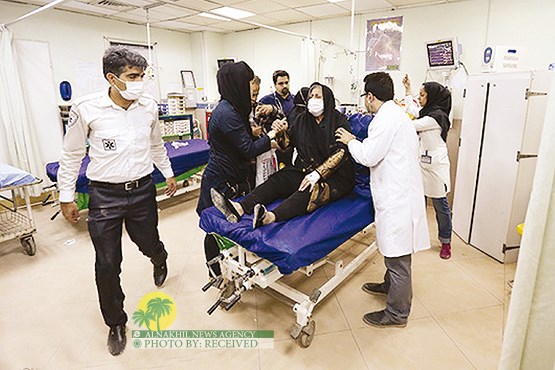By Diana Mukkaled
Many Iranians are perhaps observing what has taken place, and continues to take place, in 
Tunisia, jealously and in anticipation. The green revolution which broke out in the streets of Iran two years ago and came close to toppling the regime was suppressed with an iron first and only after a number of executions, however what the Iranians failed to achieve seems achievable today in Tunisia.
We observed the role played by Iranian youth and bloggers in the revolution before this was crushed, and it will take time before we can completely understand and comprehend how the Tunisians were able to break the strict media blockade imposed upon them, and how they successfully coordinated their popular uprising. It seems that in today’s modern world we are now facing the phenomenon of virtual uprisings, and such uprisings or revolts no longer require days or even weeks of preparation. In light of what happened in Tunisia, it now seems that a few hours are sufficient to dramatically turn any situation on its head. Since the first moments of the Tunisian uprising, a large number of Facebook and Twitters users replaced their personal images with those of the Tunisian flag, or Mohamed Bouazizi, the poor young Tunisian whose poverty and lack of opportunities resulted in him setting fire to himself in protest. Bouazizi became an icon of the uprising, inciting the Tunisian street to the point that many others followed his example, setting fire to themselves in protest against the lack of opportunities in the country.
There can be no doubt that a vast number of elements contributed to this huge change that has taken place in Tunisia. Yet the actions which took place in the virtual world had real and genuine effects on the ground.
The new scene in Tunisia has brought with it a number of surprises, yet we must not neglect or forget the digital or technological advancements in the Arab region, as well as internationally, in trying to understand what has happened there. However the technological developments in Tunisia and the Arab world are incomplete due to the severe restrictions imposed upon the freedom of expression.
It seems that the technological development enjoyed by the Tunisians in this regard allowed them to quickly and strongly invest and improve their knowledge with regards to how to circumvent these media restrictions. This is something that played an important role in the fall of the Tunisian president. Thousands of Tunisians utilized the internet to express their mutual support and coordinate with one another, and this enabled the Tunisians to circumvent the restrictions imposed upon them.
The Tunisians threw off the yoke of the regime, becoming journalists, correspondents, and news reporters via the internet. Western news media monitored everything that the Tunisians posted on the internet, and conveyed this to the rest of the world. There can be no doubt that the clashes in Iran in 2009, and what happened recently in Egypt, and the activities witnessed on the internet in both countries in this regard, inspired the Tunisians to utilize the internet in the same manner. It seems that Tunisia has initiated an era in which social problems will take precedence over other problems, and objections and protests in the manner of the Tunisians will be a model to pattern after. This is something that has expanded to reach Algeria, and there are signs of this occurring in Morocco as well, not to mention Jordan and Egypt. Images and videos of protests and riots being viewed and publicized via different forms of communication, such as the internet, is something that could be adopted by countries who are monitoring the situation, and which suffer from similar problems and circumstances [as Tunisia].
The media here is at a new crossroads, and as much as it is responsible for the popularization of the violent Islamist model, it also has the potential to popularize and broadcast the images of protests against social problems.
















+ There are no comments
Add yours